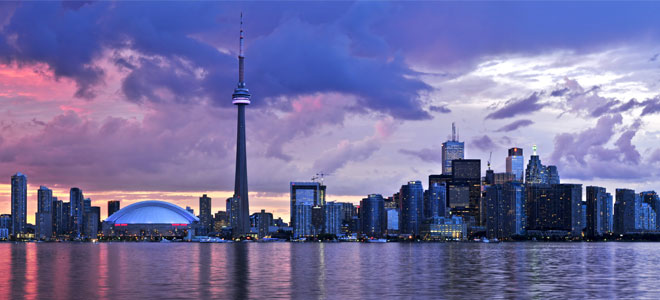In recent years, the increased frequency and intensity of extreme weather events have caused significant erosion and damage to shoreline protection infrastructure along Toronto’s waterfront, as well as substantial damage to the tree canopy. As such, the City has proposed the rehabilitation of shoreline infrastructures, waterfront parks, beaches, embankments, trails and pathways to mitigate further flooding, erosion, land loss, saturated soil and weakened trees and root systems.
By improving the shoreline resiliency and integrating tree canopy, the 19,335 people who live and work in the 9 km2 area will be benefit. The project will reduce the number of residents without essential services and it is expected to save over $6 for every $1 invested in long-term savings on recovery and replacement costs.
The Government of Canada is contributing over $11.9 million to this project through the Disaster Mitigation and Adaptation Fund. The City of Toronto is contributing over $17.9 million toward the remaining costs of the project.
“Extreme weather is becoming more severe, more frequent, more damaging and more expensive because of climate change,” said the Hon. Ralph Goodale, Minister of Public Safety. “By investing in the infrastructure that protects our neighbourhoods, businesses, and families, we are building communities that can withstand future natural disasters and thrive for generations to come.”
“The City of Toronto is proud to invest with the Government of Canada in protecting our shoreline and growing our tree canopy,” said John Tory, Mayor of Toronto. “We know this work will help keep our communities safe and better prepared for extreme weather. This project is another example of what can be accomplished when governments work together for the good of our residents and our city.”
The Disaster Mitigation and Adaptation Fund (DMAF) is a $2-billion, 10-year program to help communities build the infrastructure they need to better withstand natural hazards such as floods, wildfires, earthquakes and droughts. DMAF is part of the federal government’s Investing in Canada infrastructure plan, which is providing more than $180 billion over 12 years for public transit projects, green infrastructure, social infrastructure, trade and transportation routes, and rural and northern communities.






